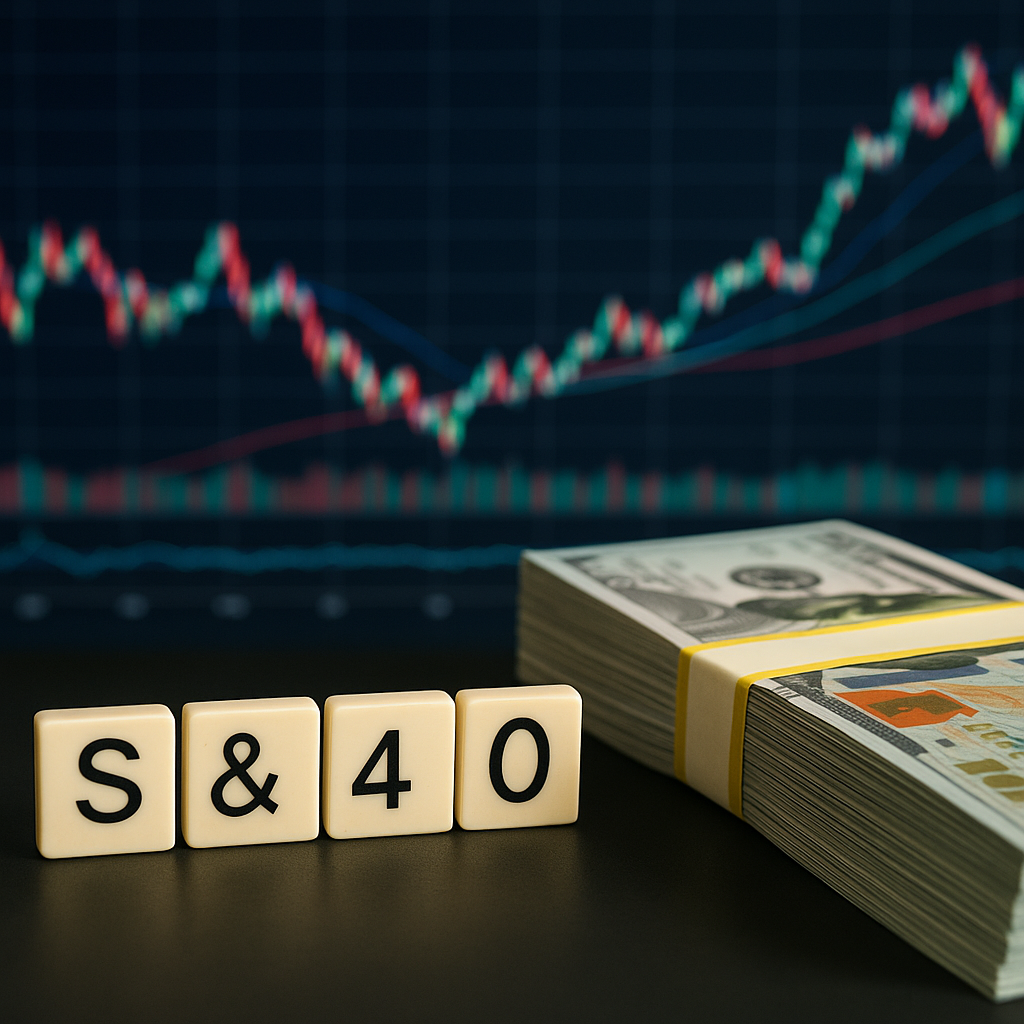As Bitcoin hovers above $106,000, a surprising undercurrent is rattling markets: despite the bullish price action, crypto markets saw a -3.2% pullback in recent days. The catalyst? A major institutional move. BlackRock, the world’s largest asset manager, has quietly accumulated $3.85 billion in Bitcoin through its ETFs in June alone — a staggering signal that traditional finance is going deeper into crypto than ever before.
This news isn’t just a headline—it’s a directional shift that may redefine Bitcoin’s trajectory in the second half of 2025.
A $3.85 Billion Vote of Confidence
According to ETF analytics and blockchain-tracked fund flows, BlackRock’s spot Bitcoin ETF (IBIT) added over $3.85 billion in Bitcoin holdings last month. This development follows a broader trend of institutional accumulation, which has now crossed $17 billion in total inflows into crypto-related ETFs in Q2 2025 alone, based on Bloomberg ETF data.
BlackRock’s move comes amid a backdrop of growing investor demand for regulated, transparent crypto exposure. The firm’s bet on Bitcoin marks more than just portfolio diversification — it signals belief in Bitcoin as a strategic store of value in an increasingly inflation-wary global market.
Larry Fink, BlackRock CEO, reiterated in a recent interview on CNBC that Bitcoin is “no longer a fringe asset,” calling it a “global alternative asset class” with real institutional legitimacy.
Why This Matters for Investors
Institutional participation has long been seen as the key to unlocking Bitcoin’s next growth phase — both in terms of price discovery and regulatory acceptance. The size and timing of BlackRock’s accumulation underscore several market themes:
- Mainstream Validation: BlackRock’s involvement can’t be overstated. As a bellwether for institutional sentiment, its actions may push other asset managers, pension funds, and endowments to follow suit.
- Price Resilience Amid Selloffs: The recent crypto dip (–3.2%) despite inflows suggests that institutional buying is buffering against volatility. This adds a layer of stability not typically seen in previous crypto cycles.
- ETF-Driven Retail Access: With regulated Bitcoin ETFs now widely available, retail investors can participate through traditional brokerage accounts, further deepening the liquidity pool and legitimizing crypto as a core portfolio asset.
According to CoinShares weekly inflow reports, the U.S. now accounts for over 78% of global crypto fund inflows — and that trend is accelerating in the wake of BlackRock’s move.
Future Trends to Watch
The BlackRock surge is likely just the beginning of a broader institutional wave. Analysts at JPMorgan estimate that up to $250 billion in institutional capital could enter the digital asset space over the next 18–24 months if regulatory clarity holds.
Meanwhile, Bitcoin ETFs are seeing inflows not only in the U.S. but across Asia and Europe, particularly after Hong





